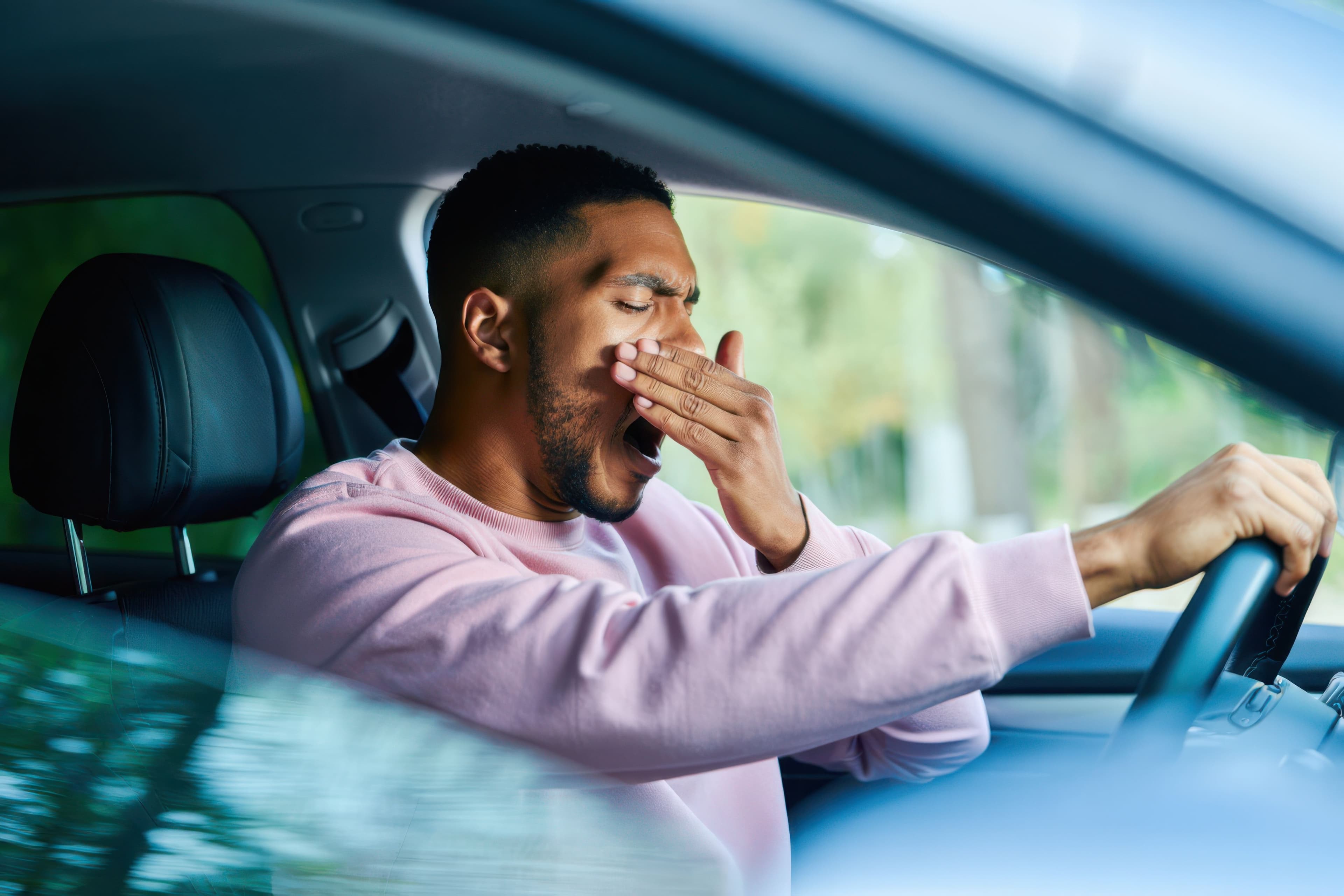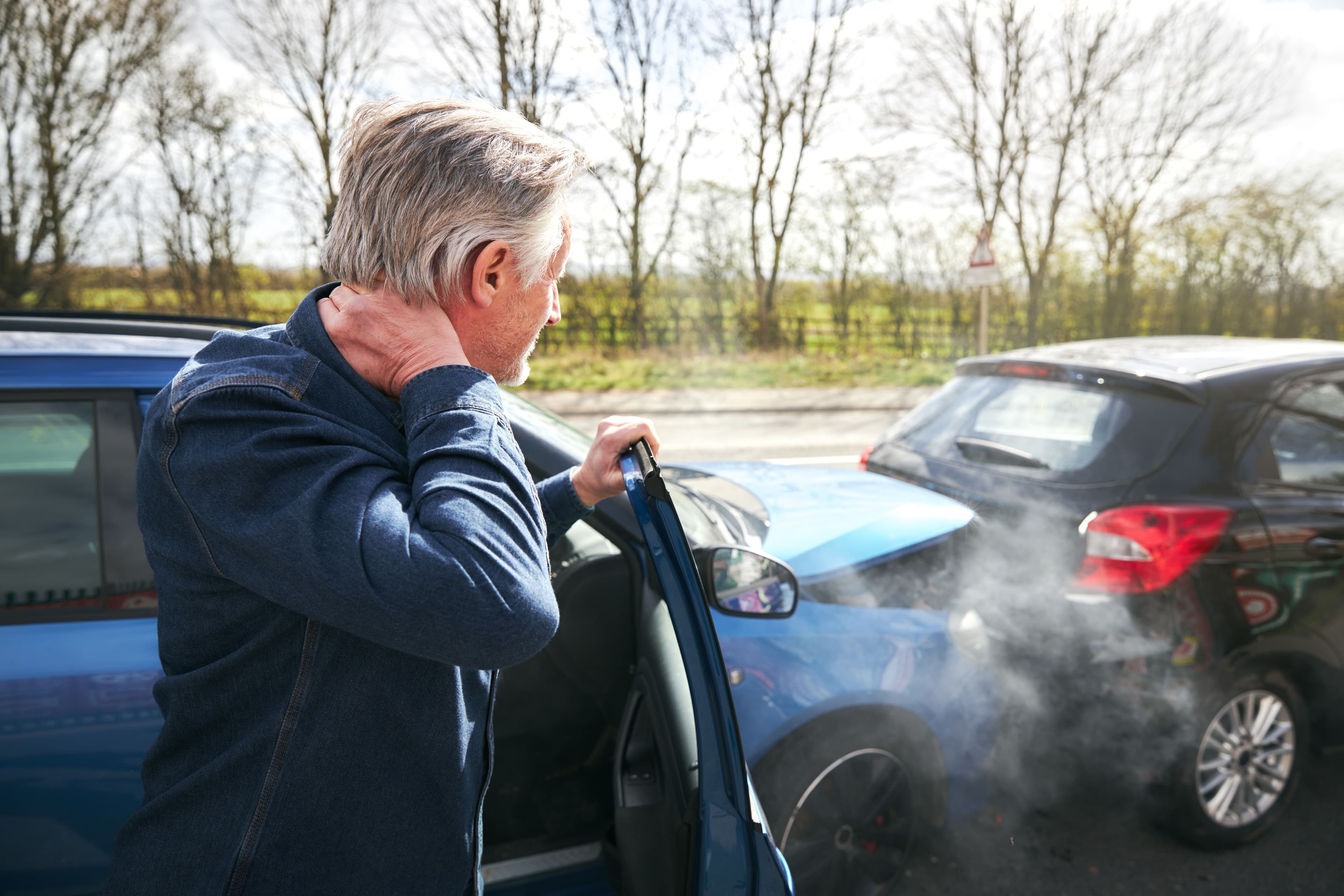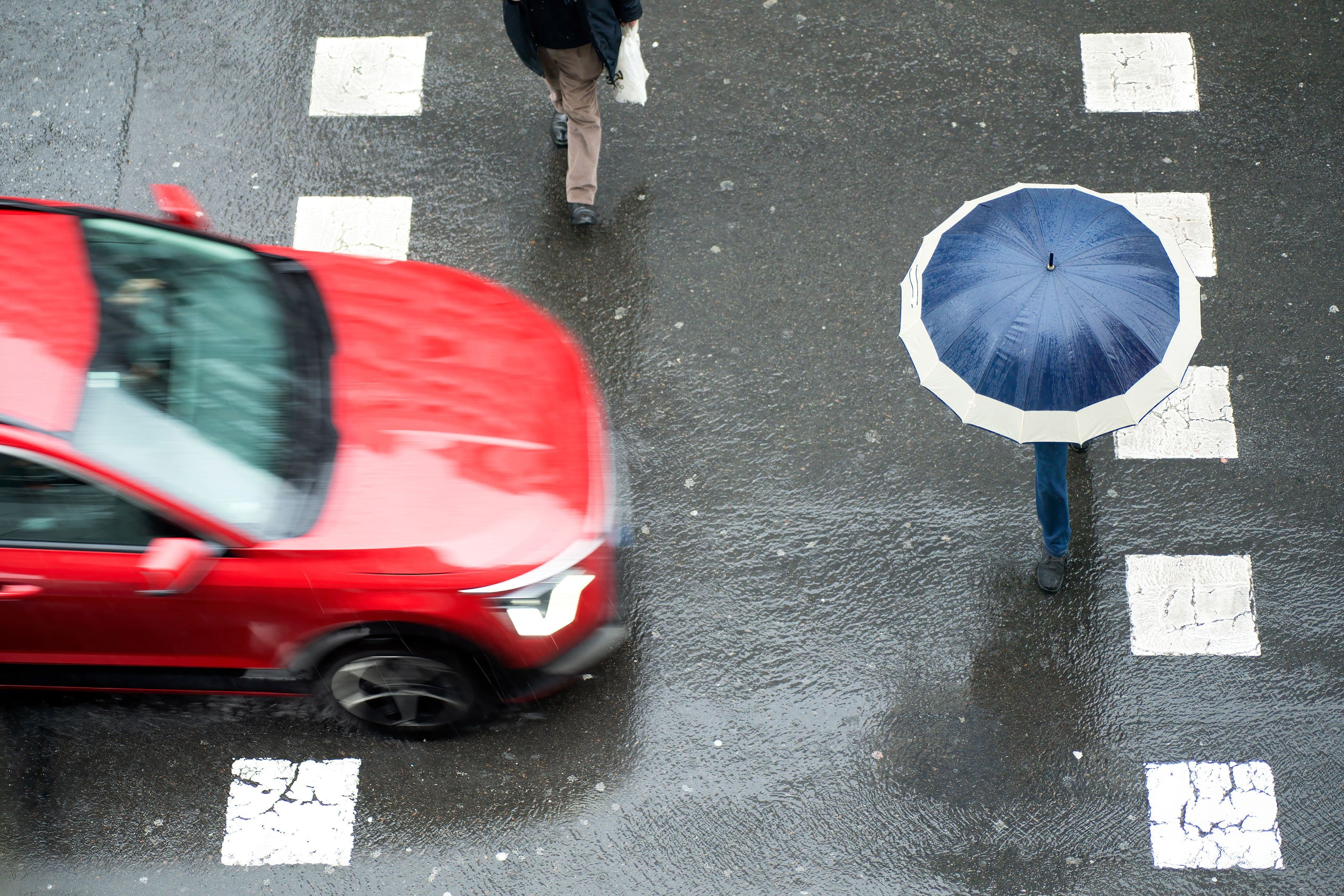Driving requires full attention at all times, and being tired can make even simple decisions dangerous. Drowsy drivers react slower, misjudge distances, and may drift out of lanes, creating serious risks on the road.
If you are involved in a crash in Pennsylvania, and think fatigue played a role, it helps to speak with an experienced Reading car accident attorney who can explain your options and guide you through the next steps.
The Dangers of Fatigued and Drowsy Driving
Tired drivers are more common on the road than most people realize, and the risks are often overlooked. Taking a closer look at why it’s so dangerous can help explain why these crashes keep happening.
Why Drowsy Driving Is So Risky
Driving when tired may seem harmless, yet fatigue affects the body and mind in ways similar to alcohol. When a driver is tired, response time gets slower, attention drifts, and judgment declines, which increases the chance of a severe accident.
Unlike other risky driving behaviors, drowsiness can be harder to recognize, making it especially dangerous. A driver may believe they are capable of staying awake when, in reality, even a few seconds of “microsleep” behind the wheel can send a car across lanes or off the road.
When and Where Crashes Often Happen
Research shows that drowsy-driving accidents are most likely to occur during certain hours. Crashes are common between midnight and early morning, as well as in the late afternoon, when the body’s internal clock naturally dips. They are also more common on rural routes and extended highways, where the repetitive nature of the drive makes staying alert even more difficult.
Many of these accidents involve a single vehicle drifting off the road at high speed, often with no skid marks, which shows that the driver never even hit the brakes.
The Scope of the Problem
Pinpointing the exact number of fatigue-related crashes is difficult because there is rarely conclusive evidence, yet estimates suggest tens of thousands of collisions each year are tied to drowsy driving. In 2017, federal records linked fatigue to over 90,000 reported crashes.
Those wrecks caused thousands of injuries and hundreds of deaths. Still, researchers believe the numbers fall short, since tired driving is rarely written down in reports.
Changing Views on Fatigue
Part of the challenge is how people think about sleep. Long workdays, late nights, and constant activity are often treated as normal, while rest is pushed aside. That attitude hides the danger.
Over time, people came to see drunk driving and skipping seat belts as unacceptable, and fatigue needs the same shift. Until more drivers take it seriously, drowsy driving will keep cutting lives short in ways that could be avoided.
Why Drowsy Driving Accidents Happen
One of the biggest reasons is work pressure. Many employees across Pennsylvania work late into the night, get less than the recommended rest, and start early again the next day. Although they may want more sleep, their schedules don’t allow it, and they end up behind the wheel exhausted.
As time goes on, this kind of routine wears people down, making them more likely to lose focus or even nod off on the drive home.
The danger is even greater for people who drive for a living. Drivers who make their living on the road face unique challenges. Taxi cab and rideshare drivers, long-haul truckers, delivery workers for companies like UPS, FedEx, or Amazon, and employees who travel often are often behind the wheel for long stretches.
Deadlines and customer expectations often push drivers to keep going when they should take a break, and that push raises the odds of a serious crash.
Sleep Disorders and Medical Issues
Health problems can also play a big role. For example, people with sleep apnea may wake up many times during the night without realizing it. Even if they spend hours in bed, they still end up exhausted the next day. Studies show drivers with this condition are several times more likely to be involved in a crash linked to drowsiness.
Medications and Substances
Many medications, whether prescription or bought over the counter, caution against driving. The problem is that people often assume the drowsiness won’t be severe, when in reality it can be.
If alcohol or other substances are added on top, the sedative effects multiply and make it much harder to stay alert, raising the chance of a crash.
Warning Signs to Watch For
Drivers who are too tired usually show it on the road. Common signs include:
- Crossing into other lanes
- Going unusually slow
- Yawning again and again
- Striking rumble strips or drifting toward the shoulder
Noticing these signs in yourself or someone else can be the difference between making it home safely and being involved in a serious accident.
Types of Accidents Caused By Fatigued Drivers
When a driver is too tired to stay alert, the results can take many different forms. While no single crash type is officially labeled as a “fatigue accident,” certain patterns show up again and again when drivers nod off or lose focus behind the wheel.
Overcompensation Crashes
One of the most dangerous situations occurs when a driver begins to drift out of a lane and suddenly wakes up to the sound of a horn or the vibration of a rumble strip.
Suddenly awake, some drivers pull the wheel too sharply the other way. Big trucks can roll during that sudden motion, while smaller cars may cut straight across into opposing lanes.
Since it happens in a split second, other drivers usually don’t have the space or time to move out of the way, which can cause very severe crashes.
Rear-End Collisions
Another common result of fatigue is a rear-end accident. When drivers are exhausted, their brain simply does not register slowing traffic ahead as quickly as it should. Even a delay of one or two seconds can prevent them from braking in time.
In some cases, the driver may not notice that the vehicle in front has stopped at all, and the impact occurs at full speed. These crashes are especially dangerous in heavy traffic, where one collision can trigger a chain reaction.
Red Light and Stop Sign Violations
Fatigue also interferes with the brain’s ability to process signals. A tired driver might look directly at a red light but fail to connect it with the need to stop. Others, following the same route day after day, may be so unfocused that they drive through an intersection without realizing it.
When this happens, the result is often a T-bone collision. Because the impact strikes the side of the vehicle, these crashes frequently cause severe injuries to drivers or passengers who had the right of way.
Off-Road Accidents
Fatigue does not only endanger people on the road itself. Some drivers who fall asleep veer off entirely, striking homes, businesses, or pedestrians on sidewalks. Others crash into trees, utility poles, or roadside barriers.
In rural areas, truck drivers are particularly vulnerable to these wrecks, as long stretches of highway and fewer stops make it easier to drift into sleep without warning.
Proving a Drowsy Driver Caused an Accident
After a serious wreck, proving the other driver was too tired to be on the road is not always straightforward. Fatigue leaves no obvious signs like alcohol or drugs, and the driver at fault may not admit they were falling asleep. That makes these cases harder to build without the right approach.
Why These Claims Are Difficult
Drivers who cause drowsy driving crashes often don’t remember what happened, and they may argue they weren’t at fault.
At times, the driver won’t just deny being tired but will try to pin the fault on someone else. Insurance companies can add another layer of difficulty. They often push back on these cases, questioning how the crash happened or minimizing what the injuries really cost.
Even when they agree to pay, the amount they put on the table is usually far less than what’s needed to cover medical care, lost work, and other expenses.
Gathering the Right Evidence
Showing that a driver was too fatigued to drive safely is rarely clear-cut. Instead of relying on one piece of proof, investigators usually review the crash report and physical evidence to see whether the driver failed to hit the brakes or respond at all. Many newer cars have built-in systems that record steering or speed changes right before impact.
Work or school schedules can also help show whether someone had been awake too long. In some cases, medical or pharmacy records point to prescription drugs that cause drowsiness. Even phone use or card transactions can give a timeline of how long the driver was active before the crash.
How a Lawyer Can Help
Pulling all this information together is tough without legal help. An experienced lawyer can request the records, work with experts, and challenge insurance companies that try to push responsibility aside. Since medical costs, missed work, and future care may depend on the outcome, proving fatigue can play a major role in recovering full compensation.
Knowledgeable Pennsylvania Drowsy Driver Accident Lawyers
At Wilk Law Personal Injury & Car Accident Lawyers, we understand how disruptive a drowsy driving accident can be, and we approach every case with the focus it deserves. Our team has experience navigating Pennsylvania law, dealing with insurers, and presenting the evidence needed to support your claim, while also making sure you are informed at each step.
We make it a point to hear your concerns, walk you through your choices in plain terms, and shape a plan that fits your situation instead of relying on a standard approach. If you or someone close to you was injured because another driver did not stay alert, contact us today for a free consultation and find out how we can work to protect your rights.
Related Articles
Shared fault claims in Pennsylvania




